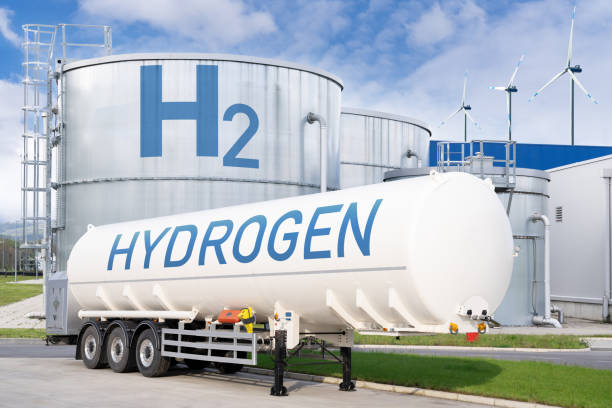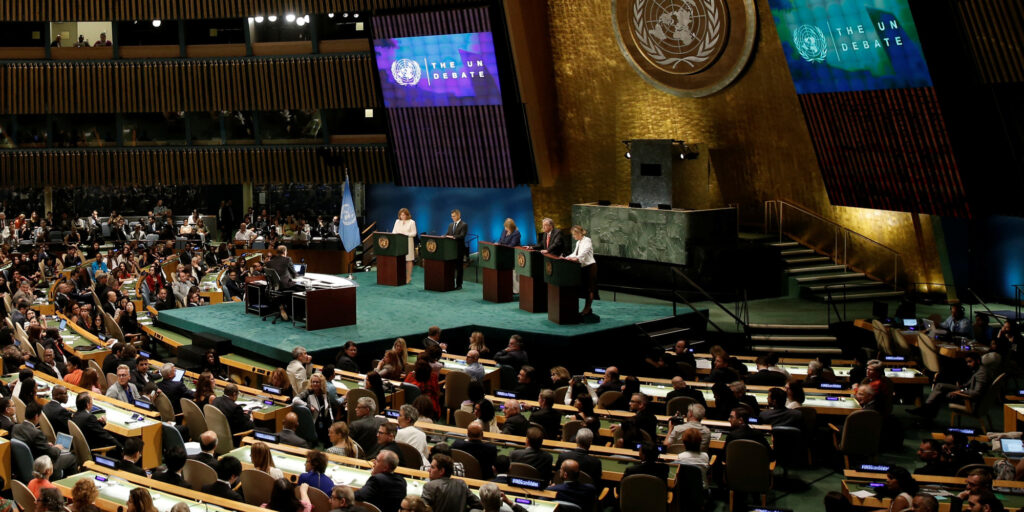So far, it has been proven that access to energy affects different parts of the global economy. These different parts include wealth, food supply, and health. However, one critical part of the economy of any nation is its educational system. Hence, this article hopes to explore the relationship between access to energy and education.
According to data from the World Bank and Our World in Data, the global literacy rate stands at 87 per cent. However, there are disparities among countries and regions. For developed countries, the literacy rate is up to 99 per cent, but developing countries face a different reality. Countries in Sub-Saharan Africa, for example, currently have the lowest literacy rates in the world.
As of 2020, the literacy rate for Sub-Saharan Africa stood at 66 per cent. So, with Africa being the least electrified continent with over 600 million people without electricity access, what could be the nexus between energy and education?
By now, it is common knowledge that institutions such as hospitals and schools need energy to function, more so, function optimally. For schools, energy access is required for lighting, using educational equipment, enabling media/TV access and smart classrooms. These functions provide benefits, including saving time on school projects, increasing study time and improving knowledge sharing.
However, according to a World Bank and United Nations Educational, Scientific and Cultural Organisation (UNESCO) survey, for every five primary and secondary schools in Africa, four lack electricity access. This lack of electricity access greatly affects the quality of education by reducing school learning outcomes. In addition, electricity access deficits in Africa affect the general attitude towards education.
The relationship between energy and education can also be explored at the household level. Due to the lack of household electricity, pupils and students spend more time on schoolwork because they have to find alternative energy sources. Most times, these alternative energy sources are fossil fuels which are harmful to health and contribute to global climate change.
The hassle of finding alternative energy sources to do homework and study significantly impacts the attitude toward education. According to a report, in Vietnam, children from households with grid connectivity stay longer in school than those without grid connectivity.
The fourth United Nations (UN) Sustainable Development Goal (SDG4) aims to ensure inclusive and equitable quality education and promote lifelong learning opportunities for all. This goal targets improved primary, secondary, vocational and tertiary education for youths and adults by 2030. However, to achieve this, especially in Africa, countries must be more intentional about developing electrification programmes for educational institutions and households.
Countries can harness the opportunities provided by financing streams and public-private partnerships to fund school electrification projects. This would help address the challenge of lack of financing through options such as grants, loans and subsidies. In addition, countries can also develop electrification programmes for schools that provide added benefits, such as providing electricity access to households. This would improve educational outcomes as students would have access to electricity at school and at home.
In Nigeria, one of the government’s intervention programmes to improve the electrification of educational institutions is the Energising Education Programme (EEP). This programme is a component of the Rural Electrification Agency’s (REA) Nigerian Electrification Project (NEP). The component aims to electrify 37 federal universities and seven teaching hospitals nationwide.
While developing countries try to bridge their electricity access deficits, attention should be paid to the electrification of educational institutions. According to data from the UN, nine out of ten children in Sub-Saharan Africa attend schools without electricity access. This significantly impacts the quality of education and learning outcomes, affecting countries’ literacy rates.
Improving school electricity access, especially in developing countries, would ripple into all parts of the economy. And improved economies translate into better living standards and the general well-being of populations.



